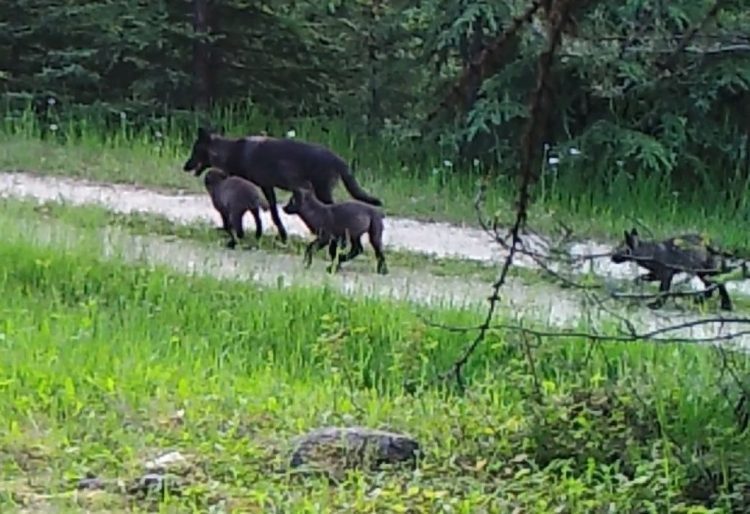
These Wolves would still be alive had WDFW taken action to remove attractants place near their Rendezvous Den Site the first week, rather than waiting over a Month. One would have to question if WDFW left them there to wipe out the entire pack? One would also have to question why Travis Fletcher USFS Grazing Allotment supervisor has not shut down these Grazing Allotments that are known problem allotments. It Appears Travis Fletcher is also blatantly disregarding mandates upon him under the Indian and Public Trust by allowing McIvrin to continue on these Allotments
Reposting Proof for Ranchers, that non-lethal is far less expensive,
Livestock depredation has implications for conservation and agronomy; it can be costly for farmers and can prompt retaliatory killing of carnivores. Lethal control measures are readily available and are reportedly perceived to be cheaper, more practical and more effective than non-lethal methods. However, the costs and efficacy of lethal vs non-lethal approaches have rarely been compared formally. We conducted a 3-year study on 11 South African livestock farms, examining costs and benefits of lethal and non-lethal conflict mitigation methods. Farmers used existing lethal control in the first year and switched to guardian animals (dogs Canis familiaris and alpacas Lama pacos) or livestock protection collars for the following 2 years. During the first year the mean cost of livestock protection was USD 3.30 per head of stock and the mean cost of depredation was USD 20.11 per head of stock. In the first year of non-lethal control the combined implementation and running costs were similar to those of lethal control (USD 3.08 per head). However, the mean cost of depredation decreased by 69.3%, to USD 6.52 per head. In the second year of non-lethal control the running costs (USD 0.43 per head) were significantly lower than in previous years and depredation costs decreased further, to USD 5.49 per head. Our results suggest that non-lethal methods of human–wildlife conflict mitigation can reduce depredation and can be economically advantageous compared to lethal methods of predator control.
McManus, J., Dickman, A., Gaynor, D., Smuts, B., & Macdonald, D. (2015). Dead or alive? Comparing costs and benefits of lethal and non-lethal human–wildlife conflict mitigation on livestock farms. Oryx, 49(4), 687-695. doi:10.1017/S0030605313001610
